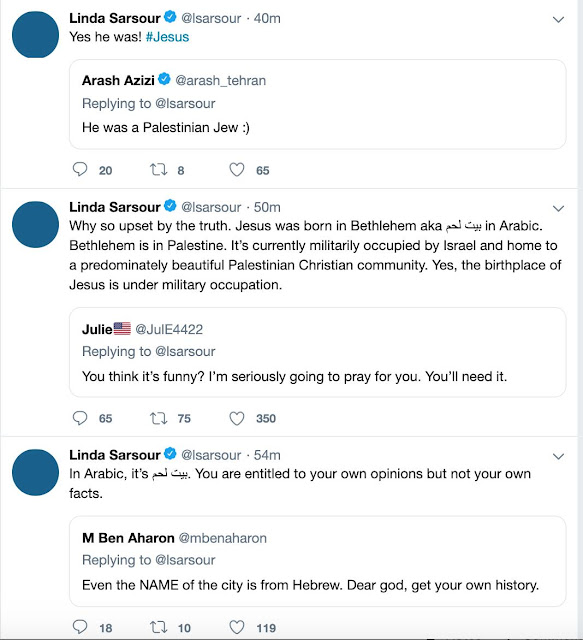Netanyahu warns Iran that F-35s can reach ‘anywhere in the Middle East’
Prime Minister Benjamin Netanyahu warned Tehran on Tuesday that Israel’s F-35 fighter jets can reach “anywhere in the Middle East,” following threats against Israel in recent weeks by senior Iranian officials.
“Lately, Iran has been threatening Israel with destruction,” Netanyahu said, standing in front of an F-35 Adir jet during a visit to the Nevatim Air Force Base in the south. “It should remember that these planes can reach every place in the Middle East, including Iran, and of course also Syria.”
The F-35 stealth jet is not believed to have an effective range to reach Iran unassisted, but it could conduct operations there with in-air refueling, a capability possessed by Israel’s air force.
Netanyahu visit to Nevatim included meetings with IDF Chief of Staff Lt. Gen. Aviv Kohavi, Air Force chief Maj. Gen. Amikam Norkin, and the air force’s top command echelons.
Norkin last year said that Israel had used the fifth generation fighter jet in operations in the Middle East. At the time, Norkin did not specify in which countries the aircraft had been used.
Israel has long seen Iran as its greatest threat, while Iranian officials regularly threaten to destroy the Jewish state.
Seth Frantzman: Innovations in the U.S.-Israel Security Alliance
In April an Israeli airstrike struck an Iranian base in Syria on the road to the ancient city of Palmyra. The target, according to an Israeli report, was an Iranian 3rd Khordad air defense system. Two months later a U.S. Global Hawk drone flying over the Gulf of Oman was struck by a missile fired by a 3rd Khordad system in Iran, almost leading to war.The Gaza you don't see
The two incidents highlight the shared threats faced by the U.S. and Israel, not only from Iran but also from hybrid groups like Hezbollah, Hamas, the Taliban, and Islamic State, which operate as both parastate entities and terrorist organizations. The result of these shared threats and the close political ties between Washington and Jerusalem is a uniquely close relationship between the two country’s militaries. Often the Israel-U.S. defense relationship is seen through the lens of U.S. foreign military financing for Israel, which comes to more than $3 billion a year. Far less attention is paid to the fact that since the 1980s Jerusalem has become a key supplier of advanced military technology to Washington. To name one recent example, the kibbutz-owned Israeli vehicle manufacturer Plasan supplied add-on “modular armor kits,” exterior platings that covered American military vehicles and protected U.S. soldiers in Iraq and Afghanistan. “That armor which was developed in Israel has saved many hundreds or thousands of lives of U.S. troops of vehicles hit by IEDs,” recalls Dan Shapiro, former U.S. ambassador and visiting fellow at the Institute for National Security Studies.
Israel now has three of the largest defense companies in the world, Elbit Systems, Israel Aerospace Industries (IAI) and Rafael Advanced Defense Systems. With $7.5 billion in exports in 2018 it is the eighth largest arms exporter in the world. The country has excelled in supplying the U.S. in areas where Washington requires a technology quickly. American companies—encumbered by a lengthier and more bureaucratically involved bidding and defense-acquisition process—can’t always move as quickly as their Israeli counterparts to meet the dynamic requirements of the modern battlefield. “There is a range of technologies where things were brought to market faster than in the U.S. or with no U.S. counterpart and once they see the effectiveness and use they [the U.S.] want it and it is mutually beneficial,” says Shapiro, who concludes that the U.S.-Israel alliance is unique in this respect. “I’m sure there is no other country where we see so many examples of it.”
The increasingly popular Twitter account called @Imshin disseminates videos, blog posts, and news from the middle-class and wealthy world of the Gaza Strip that never make it into the mainstream media.
According to the UN, 53% of Gazans live in poverty, despite humanitarian assistance. But while world media outlets choose to focus solely on photographs of destitute Gazans carting off sacks of UNRWA flour by donkey cart, the swank world of high-class hotels, black-tie restaurants, and gourmet supermarkets stocked to overflowing with Israeli products are ignored, presenting a misleading picture of what life in Gaza after Israeli "occupation" is truly like.
Under the hashtag #TheGazaYouDontSee, Imshin, who prefers to keep her identity anonymous, shares diverse vignettes from life in Gaza that are a far cry from the oppression and misery that "everybody knows" is the lot of the Gazan population. From shopping sprees to swimming academies, bumper cars to the upscale Palmera Restaurant, Imshin opens our eyes to the fact that life in Gaza is more complex than what anti-Israel propagandists would have one believe.
"Tala and Ameer share their day with us," Imshin tweets. "They start with lunch at the Palmera Restaurant. They've obviously been there before, they know exactly what they want and don't need on the menu."
"The reason I started following children's vlogs was that reading and listening to Palestinian news accounts, sites and radio stations was depressing and started to make me anxious," Imshin told Arutz Sheva. "I wanted a lighter non-political input, which still exposed me to the local dialect. I was very surprised with what I found."










































